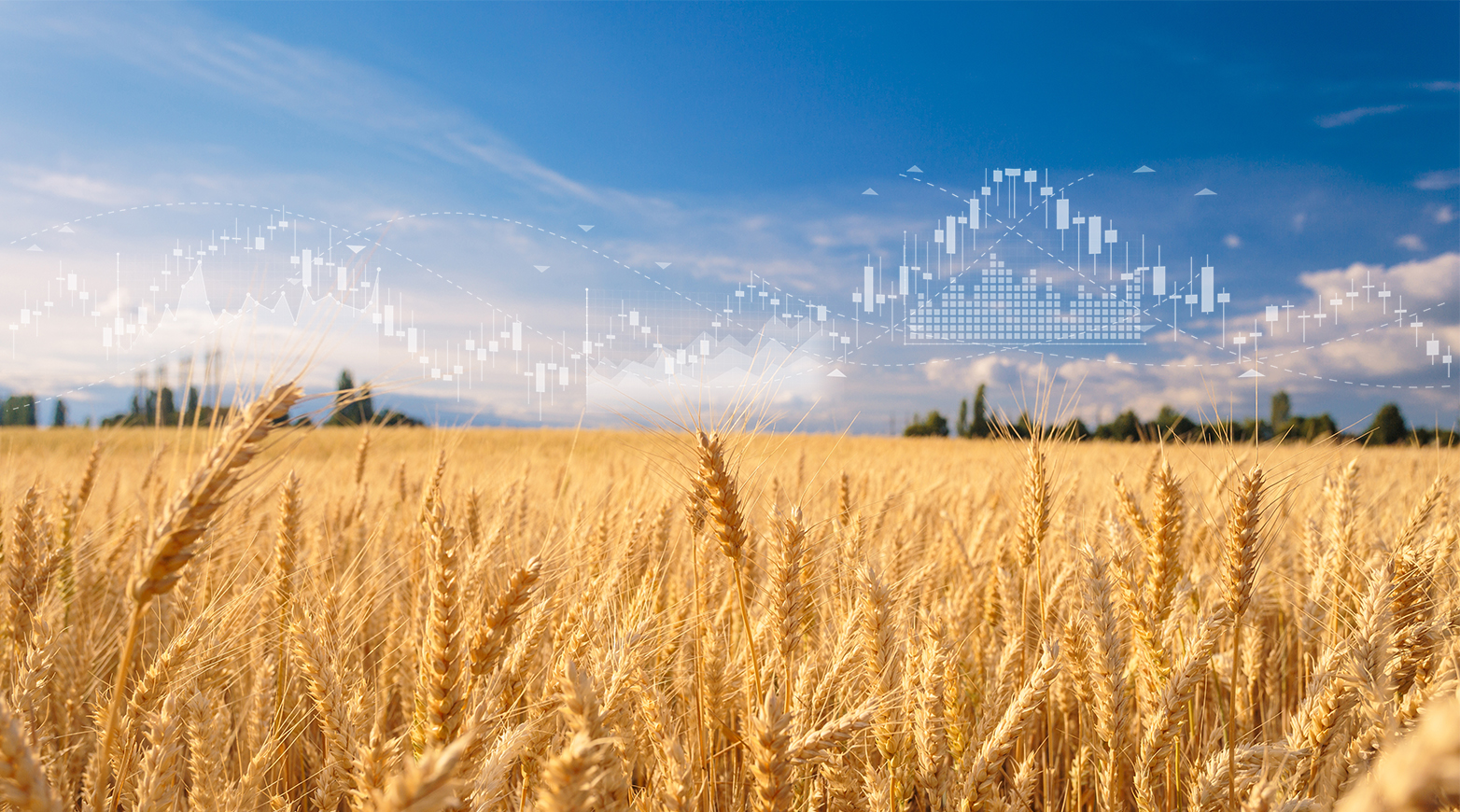Thom Weir, Farmers Edge Senior Precision Agronomist
I spoke with a crop consultant this week in western Kansas, where the harvesting season is well underway. He noted that not only was he seeing protein coming in lower than anticipated, but it was also lower than normal.
Farmers in western Canada and the northern Great Plains should use this as a signal that protein premiums may be higher than average this fall. To try and capitalize on this, growers can influence their protein content over the next few weeks.
There are two factors to consider when attempting to influence crop protein content.
- Dilution Factor – The higher the yield, the lower the protein.
There may be the same amount of protein per kernel in two samples, but the plump kernel has more starch, resulting in lower protein content. Inputs that increase yield and correspondently decrease protein include water and growing conditions, which are outside our control, as well as fungicides.
- Nitrogen – The higher the soil nitrogen, the higher the protein.
The amount of protein in the soil is what has the largest impact on crop yield. Higher levels of nitrogen in the soil results in higher protein levels. However, recent work done in North Dakota by Dr. David Franzen, North Dakota State University Extension soil scientist, suggests that an application of UAN (28-0-0) at anthesis can increase the protein content of wheat. Dr. Franzen’s work has shown that the most efficient way to accomplish this is to apply 30 pounds of nitrogen per acre (10 U.S. gallons each of UAN plus 10 U.S. gallons of water) immediately post-anthesis before the wheat berry starts to become milky.
This product should be applied using flat fan nozzles. It is best to schedule application for the early morning when temperatures are at the coolest. Producers should stop application when the temperatures reach 15oC. On cool, cloudy days when the temperatures are between 10oC and 15oC, spraying can continue all day. Some fertilizer burn can occur, but research has shown that very little or no yield loss is attributable to the burn. Avoid applications to drought-stressed crops, and your protein will instantly rise. Specifically, this practice should result in a protein increase of 0.5 to 1.0%.
How do you determine if you should apply top-dress UAN?
Measuring flag-leaf N concentration (uppermost leaf of the stem sampled at heading) can provide a good indication of the success of a late-season nitrogen application on increasing grain protein. Research by Brown, B., and S. Petrie. 2006 showed that nitrogen application is likely to rise with late-season N if the flag-leaf N concentration is less than 4.2 percent.
Select 50 or more flag leaves broken off at the stem randomly selected from a zone to get results. These should be put into a paper bag or envelope with aeration holes punched. This can then be sent to a lab for analysis. The lower the flag-leaf N concentrations, the higher the potential response to late-season N, but more N will be required to reach high protein. The amount of protein increase with late N relative to flag-leaf N varies with year and may differ among varieties. Rain following application impacts the results because it will wash nitrogen into the root zone of the wheat plant. All you have to do, is ask for a nitrogen concentration test from your preferred soil lab. I have used Farmers Edge Soil Lab in Winnipeg. Phone to confirm before shipping and expect a 3–4-day turnaround.
Once you get the results, run some economic scenarios to decide if an application will pay off. Use the price of fertilizer and the cost of application vs the anticipated price increase. Then decide if the risk is worth the reward.


